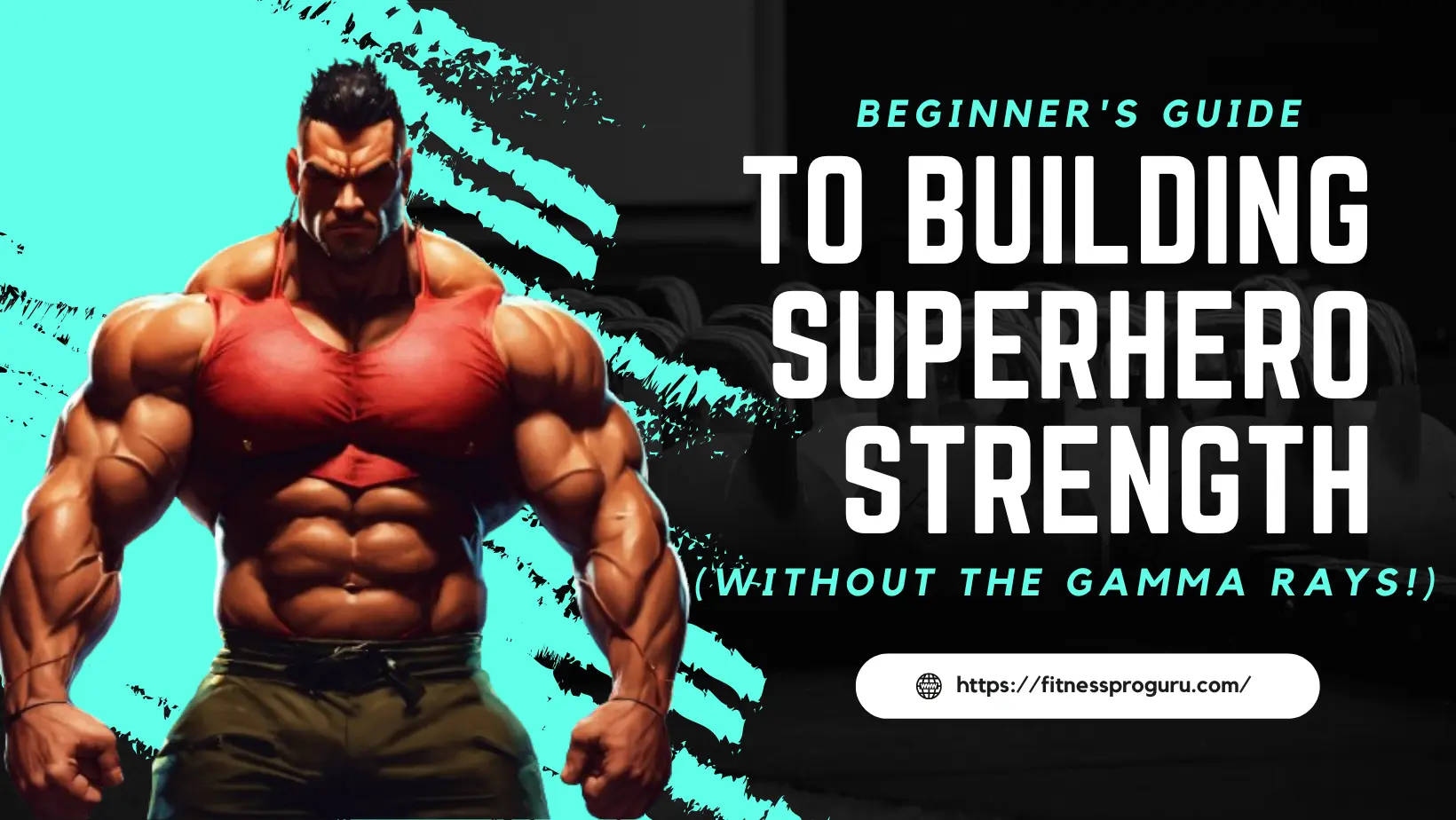

In order to optimize your performance , proper hydration, nutrition, strength training , and warm-ups, all need to be taken into account. Top that off with proper supplementation , and you’e ready to start your training program off right.
Follow these 10 tips for endurance training to prepare yourself for any race that stands in your way.
1. Stay Hydrated
 Before you decide to engage in any endurance sport, you need to make sure your body is properly hydrated. Failing to do so can lead you to run the risk of muscle cramps and muscle fatigue. This is caused by depleting some of your mineral stores, in particular your electrolytes (sodium and potassium ).
Before you decide to engage in any endurance sport, you need to make sure your body is properly hydrated. Failing to do so can lead you to run the risk of muscle cramps and muscle fatigue. This is caused by depleting some of your mineral stores, in particular your electrolytes (sodium and potassium ).
Make sure to drink at least 16 to 24 ounces of water before you workout—about half of your lean body mass in ounces. Drink more if you plan on working out a significant amount, such as endurance sports.
2. Make Sure You Perform a Dynamic Warm-up
Many endurance athletes will start their workout with a quick jog or light pedal on the bike. But, the body needs more than that to properly prepare for a tough road race or hard training run.
Instead, perform various dynamic stretches and body weight drills such as: squats, lunges, push-ups, jumping jacks and dynamic planks. Studies have shown that by performing a proper dynamic warm-up, you improve mobility, reduce the risk of injury and stimulate the nervous system to improve movement.
3. Wear Proper Footwear

You need to find a shoe that fits your foot correctly and that is right for your respective endurance sport. Instead, find a store that has someone who can help you get set up with the right shoe.
Depending on your training level, you may need anything from a minimalist shoe to a stability shoe. In order to optimize performance , make sure the shoe fits you.
4. Include Strength Training in Your Program
A common trend amongst endurance athletes is that they don’t need strength training. This is far from the truth. It is common for endurance athletes to dump their strength workouts in order to get all of their endurance training. But, studies have shown that when endurance athletes include strength training in their workout programs, they see increased energy, speed, and less injury.
Make sure to perform three strength training workouts each week, for about 30 to 40 minutes, while you train for your respective endurance sport.
5. Eat More Protein

Have a well balanced diet is a critical component for any successful endurance athlete. Many athletes increase their carbohydrate intake to replace all of the glycogen they are burning up, but forget to bump up their protein intake.
Just like strength athletes, such as bodybuilders endurance athletes are breaking down a significant amount of muscle tissue. Make sure to consume 1 gram of protein per pound of body weight, to ensure you have enough amino acids (protein broken downing the body) to rebuild. Your main protein source should come from lean meats such as beef, turkey, chicken, eggs, and Greek yogurt.
6. Do Interval Training
Your body has three energy systems (ATP-PC, glycolysis and oxidative). You can simply think of this as short, medium, and long distance training. In order to properly prepare for endurance sports, you need to train all three to be well-rounded.
Interval training is the the perfect compliment to your long runs or bike rides. Research has shown that performing regular bouts of interval training (about 2 to 3 times a week), can improve your VO2 max (improved oxygen utilization uptake) and reduce the risk of overuse injuries, by helping keep overall training volume down.
7. Quality Over Quantity
When engaging in an in endurance sport don’t fall into the trap that more is better. Don’t increase your training volume just because you think that by adding more will result in improved performance. Instead, make sure you map out a detailed 8- to 12-week training program and track your progress.
This will assure that you don’t overtrain to improve performance and reduce the risk of overuse injuries.
8. Eat Loads of Colorful Fruits and Vegetables

When training for an endurance sport, you demand a lot of your body. You put a great amount of stress on your body from the increased workload. This causes added oxidative stress within the body, which in turn, causes increased free radicals to cascade through your system, reducing the bodies ability to recover.
Colorful fruits Opens a and vegetables such as blueberries, raspberries, beets, broccoli, and spinach contain high amounts of anti-oxidants that help rid the body of free radicals.
Make sure to eat at least 3 to 6 servings of colorful fruits and vegetables each day.
9. Refuel with Quality Carbohydrates and Supplements
The more you train, the more energy you will need. If you train hard and don’t refuel your glycogen storage (energy) in your muscles, specifically the brain and liver, will be depleted. Prompting a bad workout day, the chance of fainting, or worse a trip to the hospital. By refueling your body with carbohydrates , you replace your depleted glycogen stores.
Make sure to consume 2 to 3 grams of carbohydrates per pound of body weight. Choose high quality sources such as oatmeal, sweet potatoes, beans, fruit, and vegetables.
10. Keep Up Your Immune System
If your immunue system is compromised from training hard, it could sideline you from your training regimen.
While having a solid diet will help keep your immune system running strong , sometimes that won’t be enough. This is where supplementation becomes key.
Ingredients that include Selenium, Vitamins A, C, E, B, and Coenzyme Q10 prove helpful. This variety of nutrients helps provide the body with critical antioxidant defense and cellular protection mechanisms.




